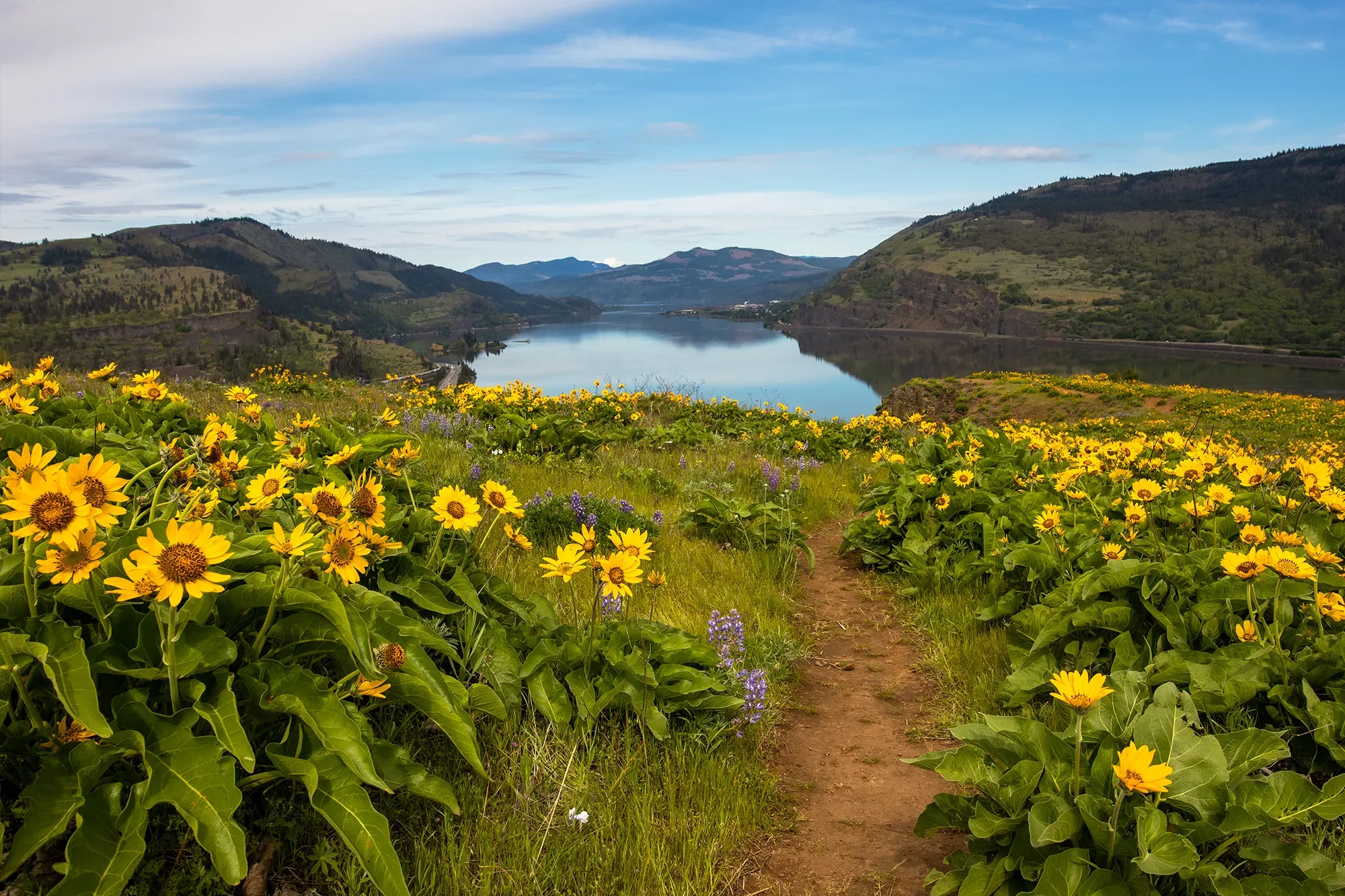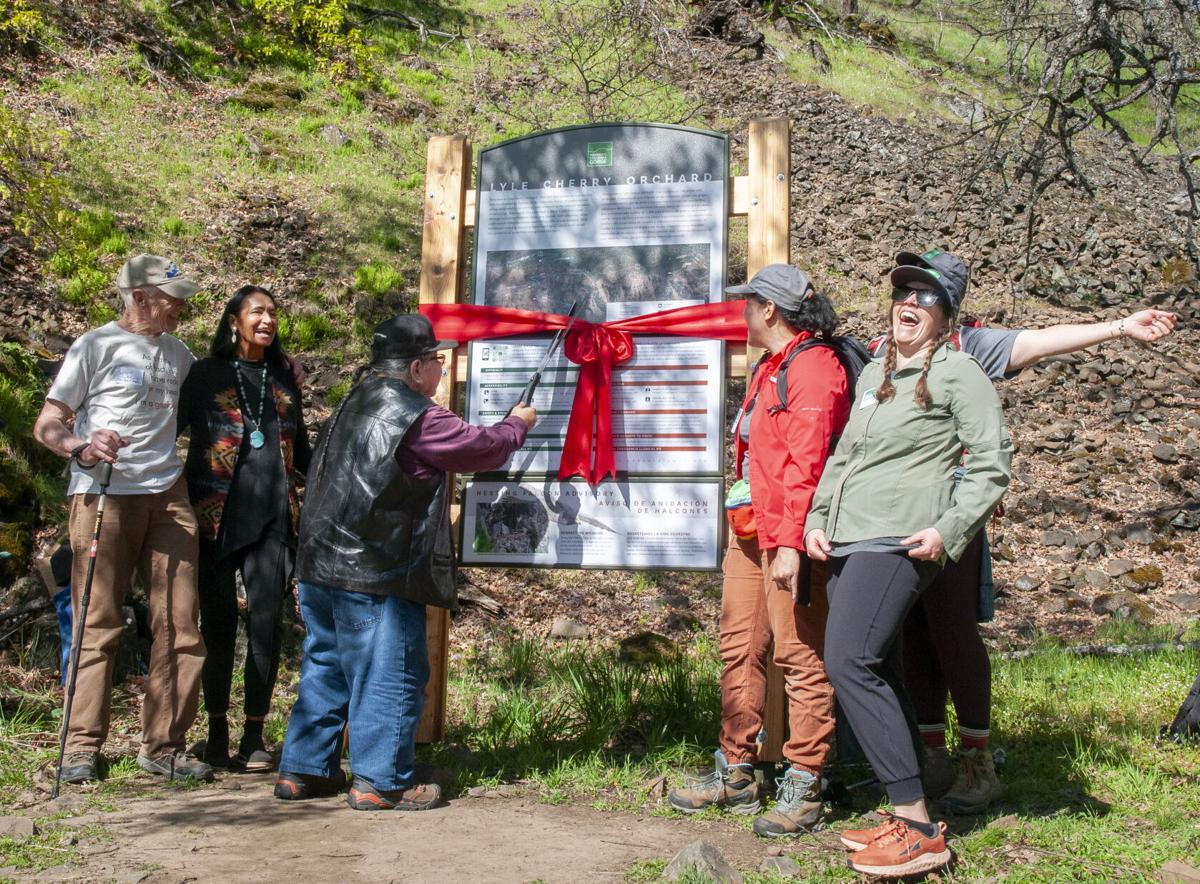Size: 540 acres
Location: Klickitat County, WA
Acquired: 2009 and 2017
Lyle Cherry Orchard is a sprawling 540-acre public preserve in the Eastern Gorge, offering gorgeous views of the Columbia River and wildflowers each spring. The property is bordered by multiple landowners, including the Lyle School District, the Washington Departments of Transportation and Natural Resources, and various private owners. With over 6.5 miles of scenic trails, the preserve is a popular destination for hikers and nature enthusiasts.
The preserve features two primary habitat types: open oak woodlands and grassland meadows. Botanical highlights include Oregon white oak, balsamroot, desert parsley, poison oak, snowberry, bitterbrush, and the invasive yellow star thistle, which Friends and our partners and stewardship volunteers continue to work to eradicate. A 2013 wildlife survey documented species such as rufous-sided towhee, osprey, turkey vulture, black-tailed deer, and ground squirrel. Visitors have also reported sightings of northern alligator lizard, rattlesnake, and bald eagle.
Friends created an interpretive sign experience along the Discovery Loop in both English and Spanish, offering educational insights into the preserve’s ecology and history, as well as Indigenous stories of the Columbia River through song, poetry, legends, and art. Explore the interpretive signage in the links below.
Lyle Cherry Orchard
Interpretive Signage
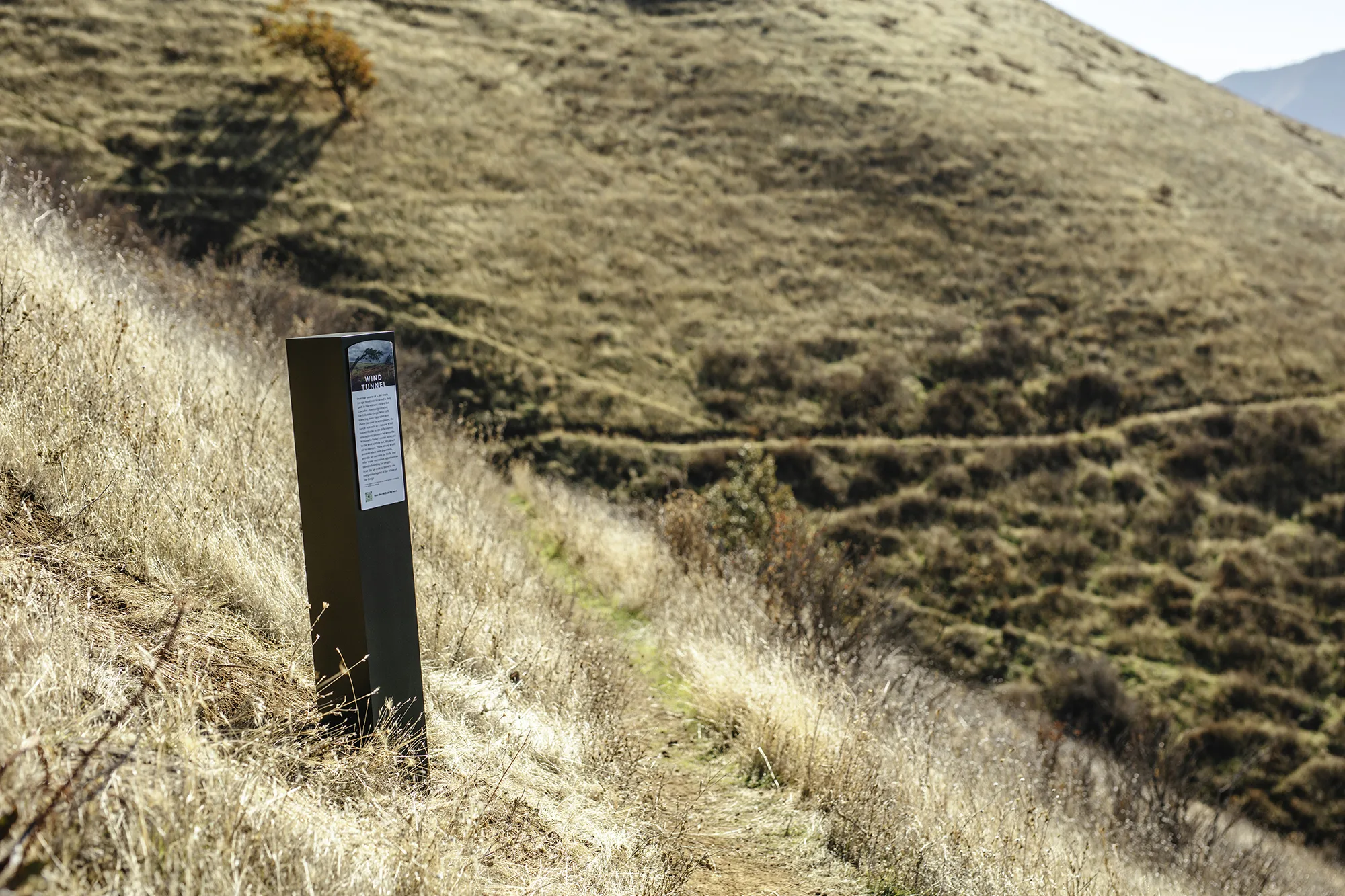
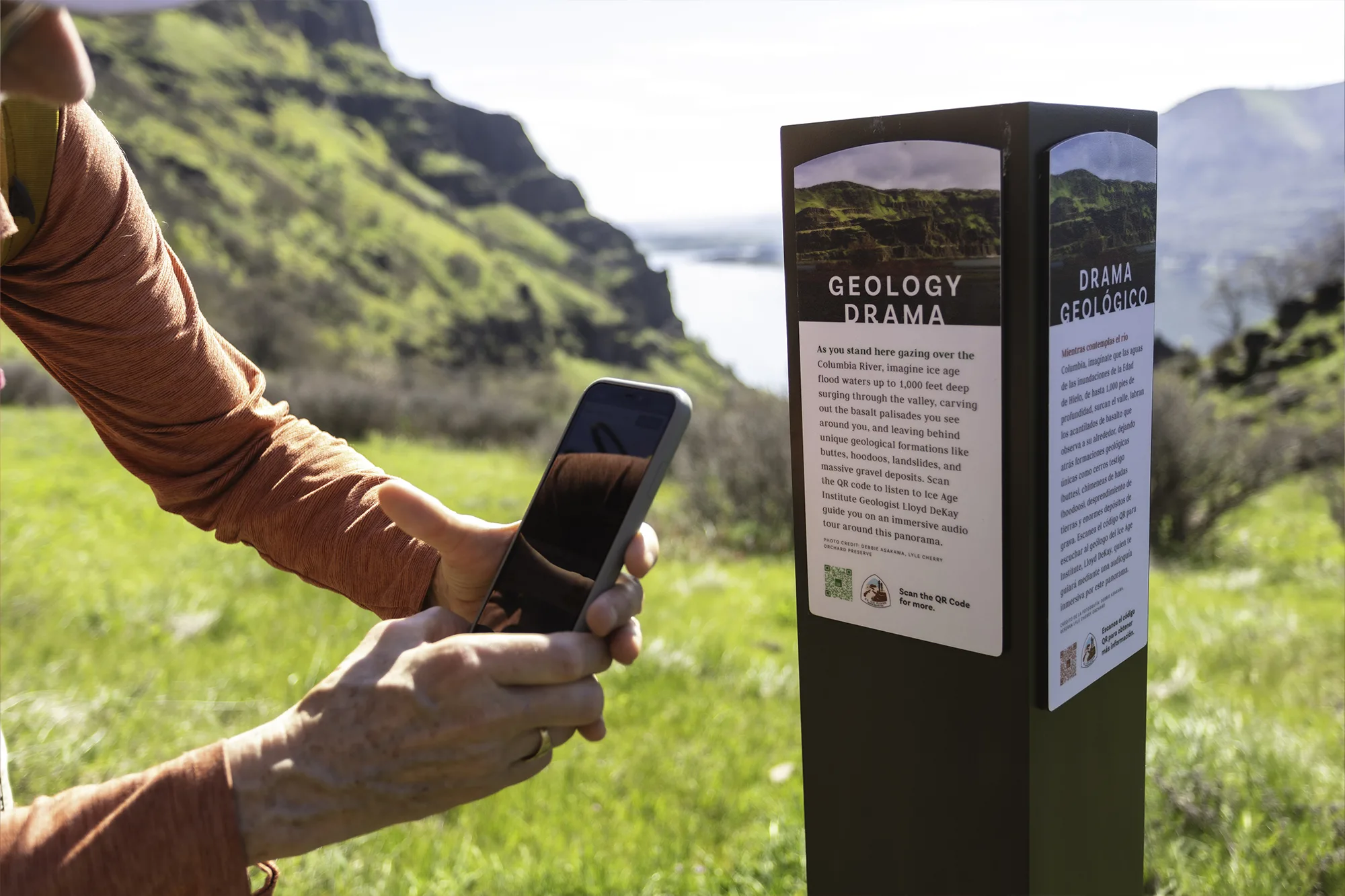
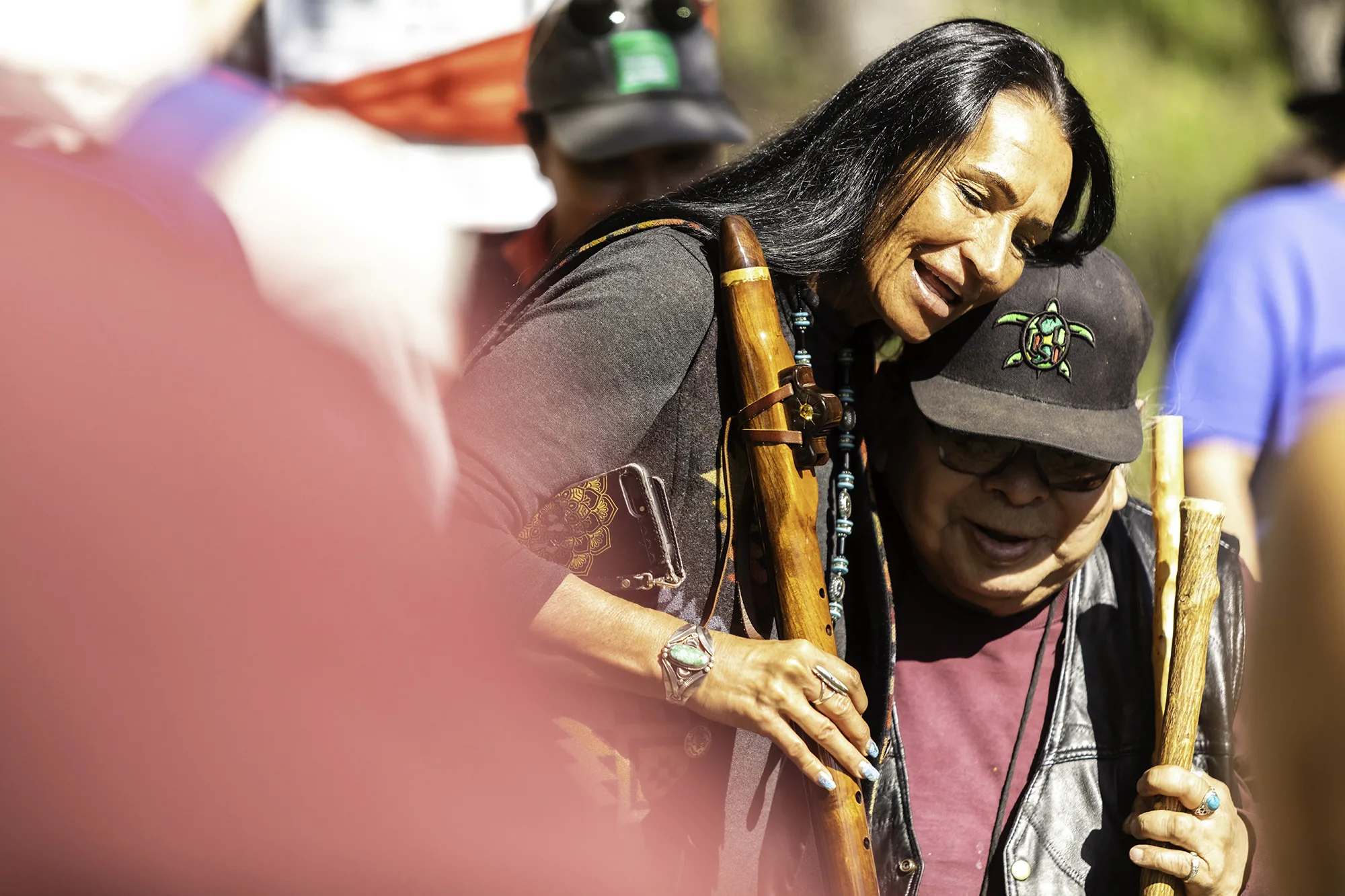
Latest News

Celebrating the 20th Anniversary of Friends’ Land Trust
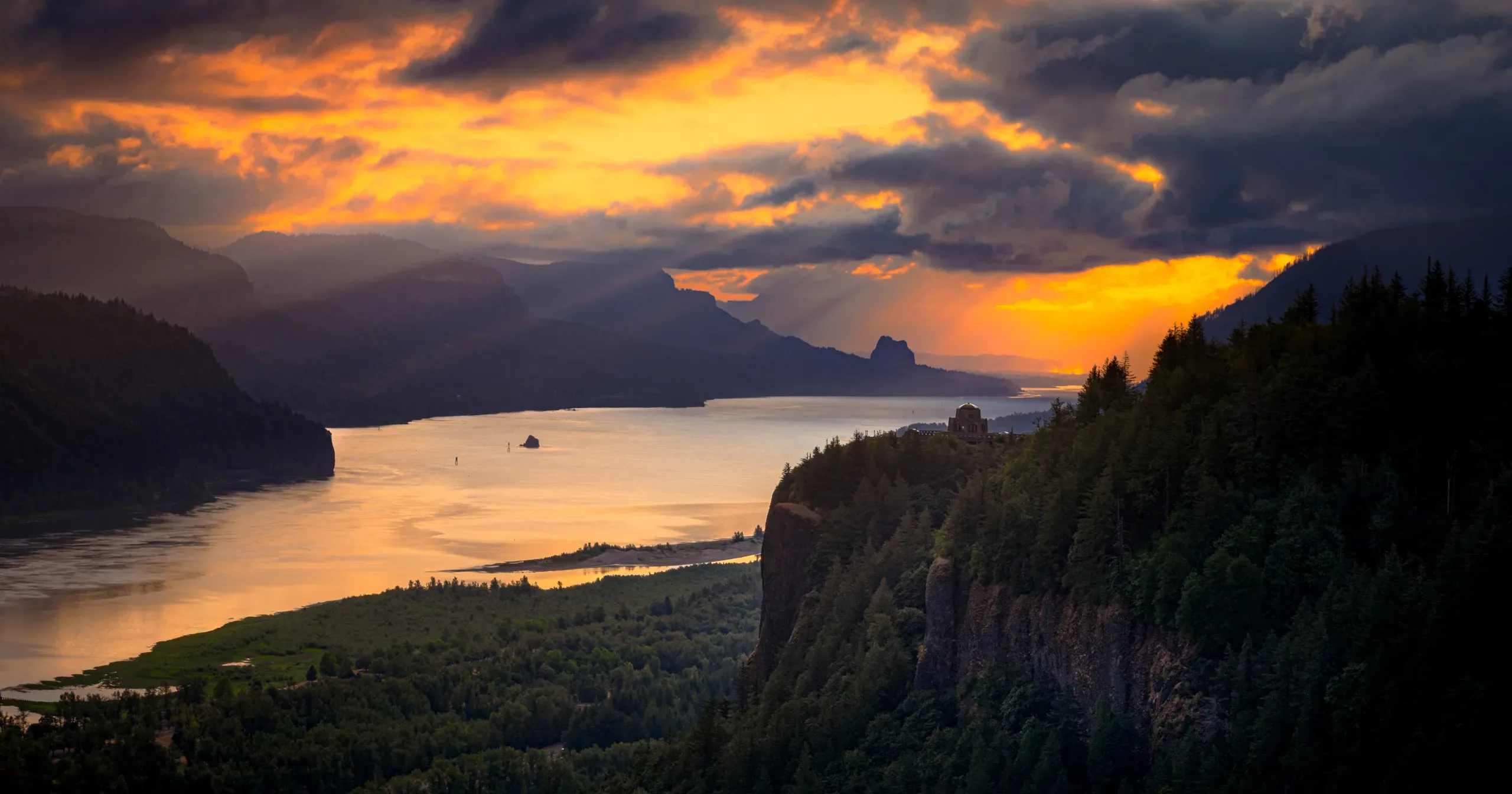
2025 Legislative Sessions: Wins and Challenges in Oregon and Washington
